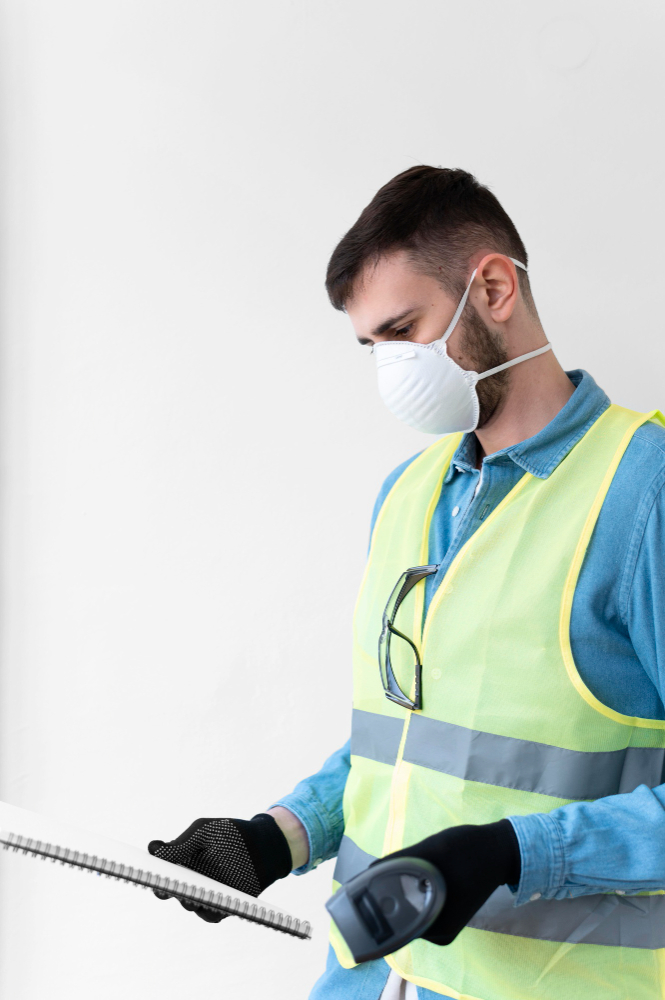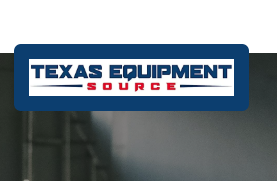In high-risk industries such as manufacturing, construction, logistics, and chemical processing, personal protective equipment (PPE) is the first line of defense against accidents and injuries. Helmets, gloves, safety goggles, reflective jackets, and other PPE items are essential for protecting workers in hazardous environments. However, compliance with safety protocols often depends on manual supervision and the vigilance of employees, which can lead to inconsistencies and human error. This is where PPE detection powered by intelligent systems comes into play, offering a game-changing solution to enhance workplace safety standards.
The Shift from Manual Checks to Smart Monitoring
Traditional safety compliance checks typically involve supervisors conducting routine inspections to ensure workers are wearing the appropriate gear. While necessary, this approach is time-consuming, subjective, and prone to oversight, especially in fast-paced or large-scale operations. Furthermore, the sheer scale of some industrial sites makes real-time, 24/7 monitoring practically impossible through manual means alone.
Smart PPE detection systems bridge this gap by automating the process. These systems use advanced computer vision, artificial intelligence (AI), and deep learning algorithms to continuously monitor workspaces. Cameras installed across the site capture video feeds, which are analyzed in real time to detect whether individuals are wearing the required safety gear. If a violation is identified, alerts can be sent to supervisors, or corrective actions can be automatically initiated.
How PPE Detection Technology Works
At the heart of smart PPE detection solutions is computer vision—a field of AI that enables machines to interpret visual data. Using a combination of pre-trained models and deep neural networks, these systems can identify specific PPE items like helmets, safety vests, masks, gloves, and even steel-toe boots. The software is trained on thousands of images, enabling it to recognize safety gear across a wide range of lighting conditions, camera angles, and worker positions.
Once deployed, the system monitors workers in real time, flagging any non-compliance as it occurs. For example, if a worker enters a restricted zone without a helmet, the system will detect this anomaly and issue an immediate alert. In more advanced setups, the system can integrate with access control systems to deny entry to individuals not in compliance with PPE requirements.
Moreover, many solutions offer analytics dashboards that provide insights into compliance trends over time. Supervisors can track how often violations occur, identify high-risk areas, and evaluate the effectiveness of their safety training programs. These insights transform raw video data into actionable intelligence that can lead to meaningful improvements in safety culture.
Real-Time Benefits in High-Risk Work Environments
One of the key advantages of PPE detection systems is their ability to function continuously and without bias. Unlike human inspectors who may miss infractions due to fatigue or distraction, AI-powered systems remain consistent and objective around the clock. This ensures that safety protocols are upheld at all times, not just during scheduled inspections.
In environments like construction sites, where the risk of head injuries is high, automated helmet detection can dramatically reduce the likelihood of accidents. Similarly, in chemical plants where protective eyewear and gloves are mandatory, real-time PPE monitoring helps ensure workers aren’t exposed to hazardous materials unprotected. The system becomes a digital supervisor, always vigilant and always watching.
In logistics and warehousing sectors, where high foot traffic intersects with heavy machinery, the use of PPE detection can improve not just safety but also operational efficiency. Workers can move freely through monitored zones, confident that safety protocols are being enforced uniformly and reliably.
Supporting a Culture of Safety and Accountability
The implementation of smart PPE detection is not just about catching violations—it’s also about fostering a culture of safety. When workers know that compliance is being monitored fairly and consistently, they are more likely to follow protocols. Over time, this leads to fewer incidents, improved morale, and a stronger overall safety culture.
In addition, the transparency provided by such systems promotes accountability across all levels of the organization. Managers can rely on objective data to support disciplinary actions, reward compliance, or tailor safety training programs to address frequent violations. The data-driven approach ensures decisions are backed by evidence, reducing friction and enhancing trust between workers and supervisors.
Furthermore, safety managers can use heat maps and trend analysis from PPE detection platforms to identify zones where violations are most frequent. This insight can lead to targeted improvements such as better signage, increased training, or physical redesign of the workspace to minimize risk.
Conclusion
The adoption of PPE detection solutions marks a significant step forward in the evolution of workplace safety. By leveraging the power of AI and real-time monitoring, these systems transform how organizations enforce safety protocols. They shift the burden from reactive supervision to proactive prevention, ensuring that every worker is equipped and protected before an incident can occur.
In today’s industrial landscape, where efficiency must go hand in hand with safety, smart PPE detection systems offer a powerful way to protect people, reduce liability, and foster a culture of continuous improvement. As the technology matures and becomes more accessible, its role in boosting safety standards will only grow more essential.







0 Comments